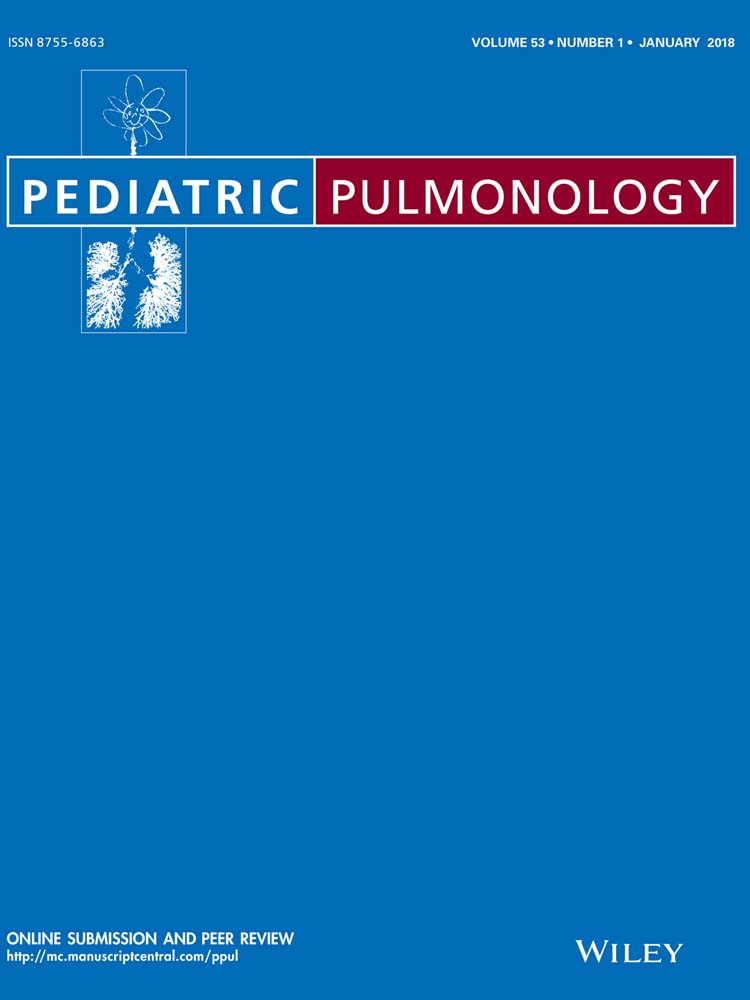Pulmonary presentation of Kawasaki disease—A diagnostic challenge
Abstract
Objectives
Kawasaki disease (KD) is a multisystemic vasculitis with predominant mucocutaneous manifestations. Pulmonary involvement in KD is distinctly uncommon and is not commonly recognized. We describe our experience of managing children with KD wherein the initial presentation was predominantly pulmonary.
Methods
Six hundred and two children have been diagnosed with KD during the period January 1993 to May 2017 in the Allergy Immunology Unit, Advanced Pediatrics Centre, Postgraduate Institute of Medical Education and Research, Chandigarh. Data were collected from inpatient records in Allergy Immunology Unit and follow-up files in the Pediatric Rheumatology Clinic.
Results
Of 602 children, 11 (1.83%) had a predominant pulmonary presentation of KD. Mean age at diagnosis of KD was 2.5 years. Fever, cough and respiratory distress were the presenting complaints in all patients. First sign of KD was noted at a mean duration of 14.5 days from the onset of symptoms. Periungual desquamation was the most common clinical sign (72.7%). Persistent fever in spite of antimicrobials, thrombocytosis, and elevated erythrocyte sedimentation rate and C-reactive protein levels pointed toward a diagnosis of KD in our patients. Parenchymal consolidation was evident on chest X-ray in all patients, pleural effusion in six, empyema in three, and pneumothorax in two patients. Coronary artery abnormalities were evident in three patients. Intravenous immunoglobulin was given after a mean period of 22.4 days of onset of fever.
Conclusions
The diagnosis of KD is often delayed in children who have a predominantly pulmonary presentation. This can have adverse clinical consequences.




